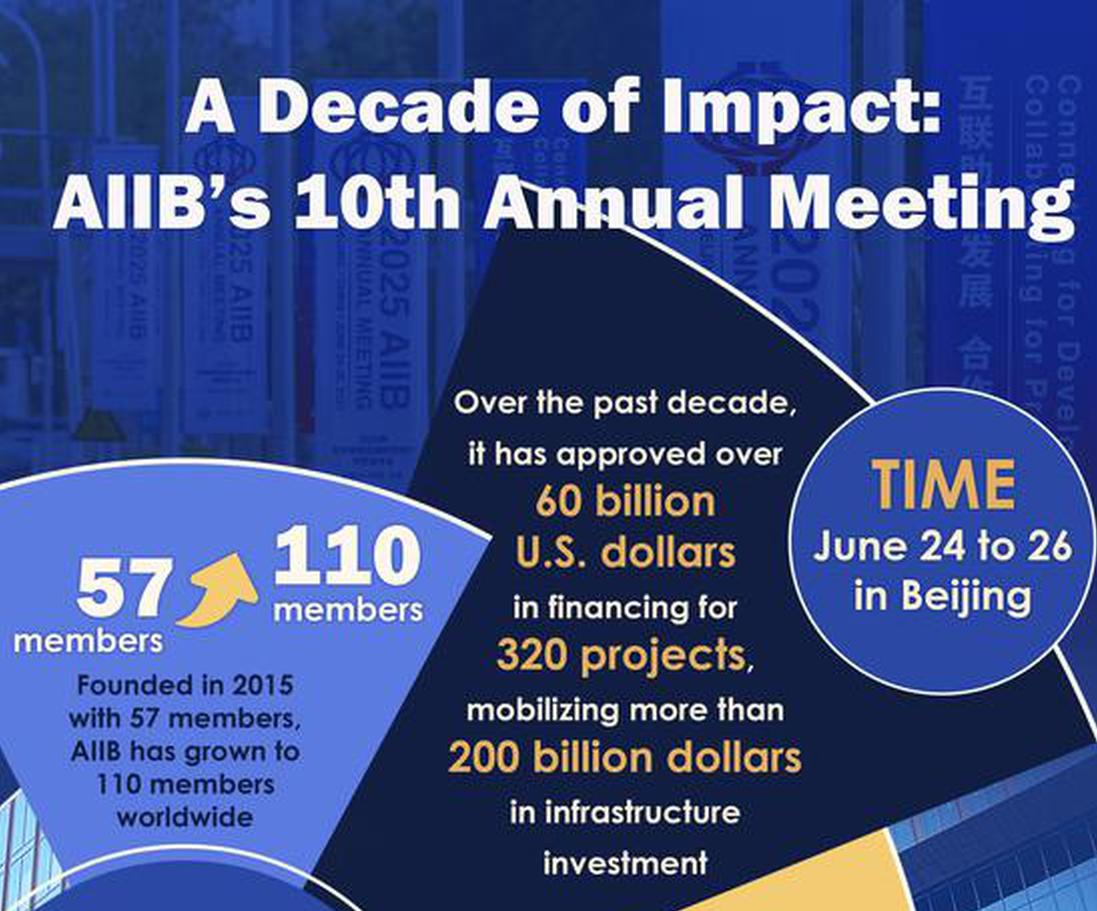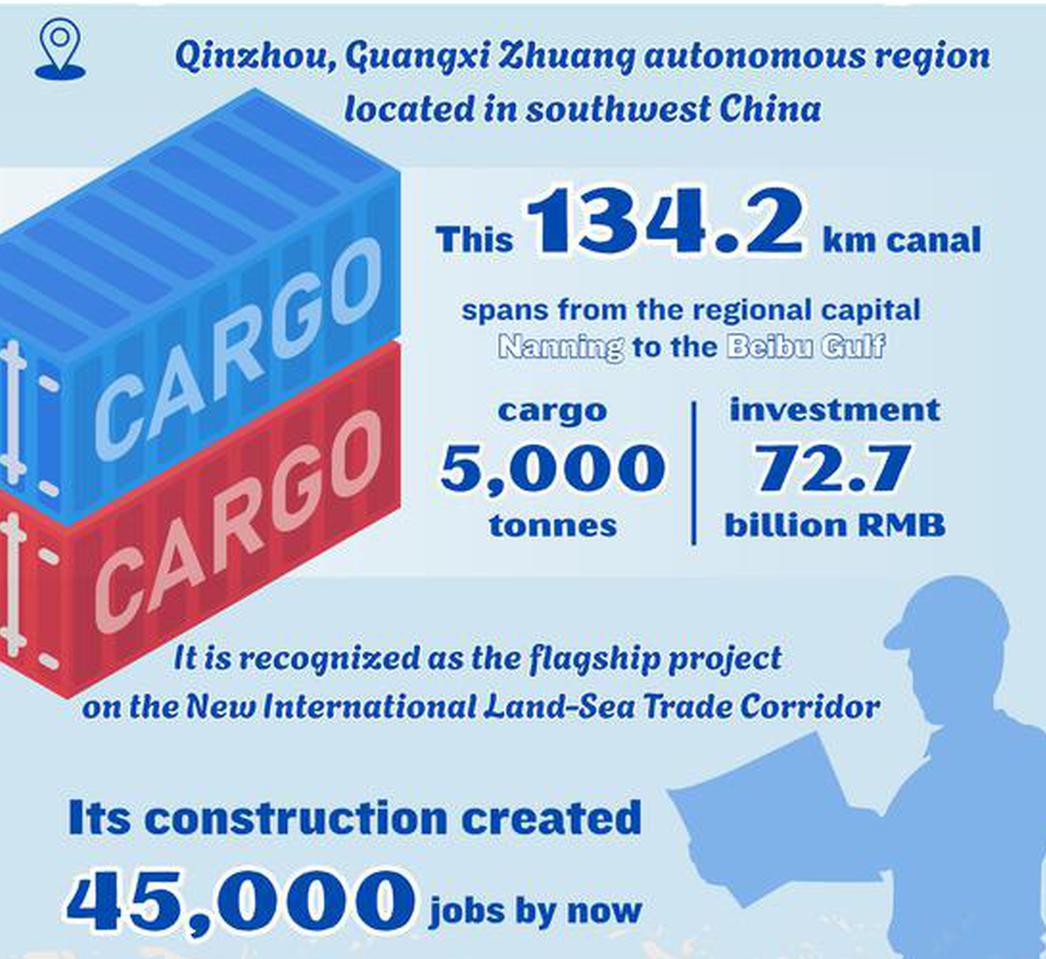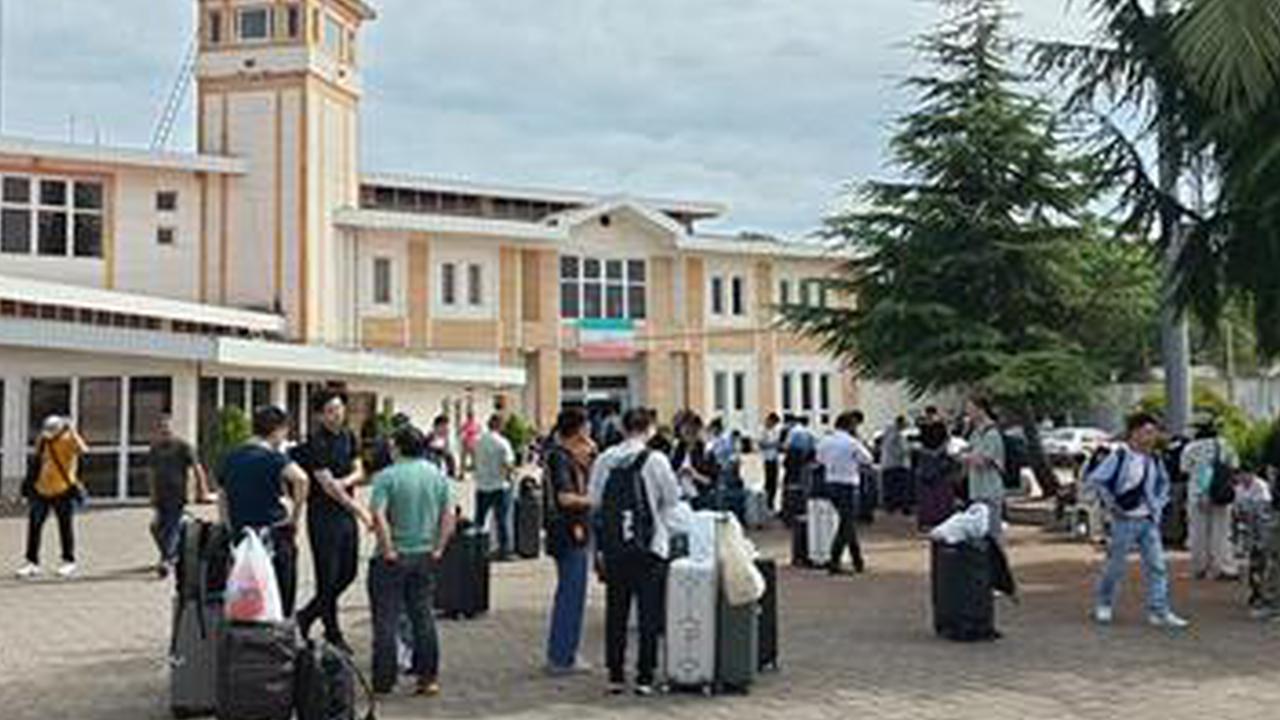In the global conversation about artificial intelligence, Silicon Valley often takes center stage. However, a quiet but powerful revolution is unfolding in Asia's financial sector, where regional banks are leading the charge by tailoring AI to the unique needs of their communities.
This hyper-local approach is not only enhancing customer engagement and satisfaction, but also positioning these banks as frontrunners in the global AI revolution.
It's not just about translating chatbots into Mandarin. These banks are developing AI that understands local dialects, such as Hokkien in Singapore, and the subtle differences in customer etiquette between Mumbai and Chennai. An AI-powered customer service center can decipher regional slang and pick up on emotional cues, crucial for building trust and offering personalized services. This hyper-localization is essential for creating a seamless and culturally sensitive banking experience.
For example, a Chinese regional bank implemented an AI chatbot capable of understanding and responding to local dialects and cultural norms. The chatbot provided accurate and timely information, engaging customers in a manner that felt natural and respectful. This resulted in a significant increase in customer satisfaction and loyalty.
Cultivating local AI talent is another critical piece of the puzzle. China is expected to face a 5 million AI talent shortfall by 2030, with less than 15 percent of professionals possessing both algorithmic and financial business skills. This gap is a region-wide crisis, affecting India, Southeast Asia, and other parts of Asia. Regional banks can't compete with the deep pockets of global institutions that can afford to poach the best and brightest minds.
The talent gap is further compounded by internal challenges. Many regional banks are burdened by legacy systems and fragmented data. Data silos are a primary bottleneck, with 40 percent of companies having over 50 data silos, leading to a 20-30 percent decrease in model accuracy. Regional banks often struggle with legacy infrastructure, making data integration difficult and leading to wasted effort.
However, this gap also presents an opportunity. Regional banks should partner with universities and technical schools to create specialized AI training programs. These programs should focus on both the technical aspects of AI and its financial applications, as well as local language processing. Graduates will be uniquely equipped to develop and deploy AI solutions that meet the specific needs of their communities, filling the skills gap and fostering economic growth.
Asia's embrace of mobile technology is a significant advantage. For many people in Asia, the smartphone is the primary gateway to the internet, banking, and marketplaces. AI solutions must be seamlessly integrated into mobile platforms, making them intuitive and accessible to all users. This means designing AI-powered services that are optimized for the mobile experience, from simple balance inquiries to complex loan applications. It means leveraging AI to provide personalized financial advice and support through mobile channels, helping customers make informed decisions and manage their finances effectively.
In China, this mobile-first approach is not just a strategy, it's a reality. The smartphone is the primary gateway to financial services for millions of people. Therefore, Chinese regional banks must prioritize mobile-first AI solutions that are intuitive, accessible, and tailored to the specific needs of their customer base. This approach enhances customer convenience and allows regional banks to reach a wider audience, particularly in rural and underserved areas where access to traditional banking services may be limited.
To win the AI race, smaller Asian banks must focus on high-impact, customer-centric AI applications rather than getting bogged down in a talent war they can't win. The AI revolution is reshaping industries and redefining the future of work. In financial services, the shift is already underway. Global giants like Morgan Stanley have rolled out AI tools to approximately 15,000 financial advisers, helping them generate meeting notes and optimal next steps. ING has deployed intelligent chatbots to around 37 million customers across 10 markets. A clear signal is emerging in the financial industry: the AI arms race has shifted from technology exploration to value realization. For regional banks, this transformation is a necessity.
Generative AI is expected to drive significant productivity gains in banking, with a potential boost of $200 billion to $340 billion. If fully realized, AI could lead to a 14-24 percent increase in potential profits, gradually rising to 60-80 percent over the next three years.
Hyper-personalized dynamic recommendation engines combine customer risk preferences and market data to generate cross-asset allocation solutions optimized in real-time. Regional banks can leverage their existing data to create tailored financial products, personalized investment advice, and proactive customer service. AI-powered chatbots with dialect recognition can provide 24/7 support, addressing customer inquiries in their native languages and building stronger relationships.
Ecosystem collaboration is crucial. Regional banks can't afford to build AI solutions from scratch. Instead, they should seek partnerships with fintech companies and other AI providers. From a cost-benefit perspective, finding the right ecosystem partners to help regional banks quickly align their strategies and integrate use cases is the most cost-effective choice. This allows them to access pre-built solutions, tap into external expertise, and rapidly deploy AI applications without breaking the bank. This means collaborating with fintech companies that specialize in AI-powered lending, fraud detection, and customer service. It means partnering with technology providers that can help them build and deploy mobile-first solutions. It means embracing open APIs and data-sharing initiatives to create a more interconnected and collaborative financial ecosystem.
But collaboration must be strategic. Regional banks should carefully evaluate potential partners, focusing on those who can provide solutions that align with their specific needs and target markets. A scattershot approach to partnerships will only lead to wasted resources and diluted efforts.
The future of finance in Asia holds immense potential for regional banks to spearhead the AI revolution. The prospect of a 14-24 percent increase in profits, rising to 60-80 percent over the next three years, is a compelling call to action. The path forward is clear but demanding, requiring strategic deployment and collaboration to ensure that AI solutions are not only technologically advanced, but also culturally and contextually relevant.
The AI revolution in Chinese banking is fundamentally about people, culture, and community. Regional banks, with their deep local connections, are uniquely positioned to harness the power of AI to create financial services that are efficient, convenient, and deeply personalized. By embracing hyper-localization, cultivating local talent, prioritizing mobile-first solutions, and forming strategic partnerships, they can thrive in the face of competition from global giants. They can become the champions of their communities, the trusted partners of their customers, and the driving force behind a more inclusive and prosperous financial future for China. The future of Chinese banking isn't about mimicking the global giants; it's about redefining what it means to be a bank in the 21st century, and regional banks are poised to lead this transformation.


















































 京公網安備 11010202009201號
京公網安備 11010202009201號